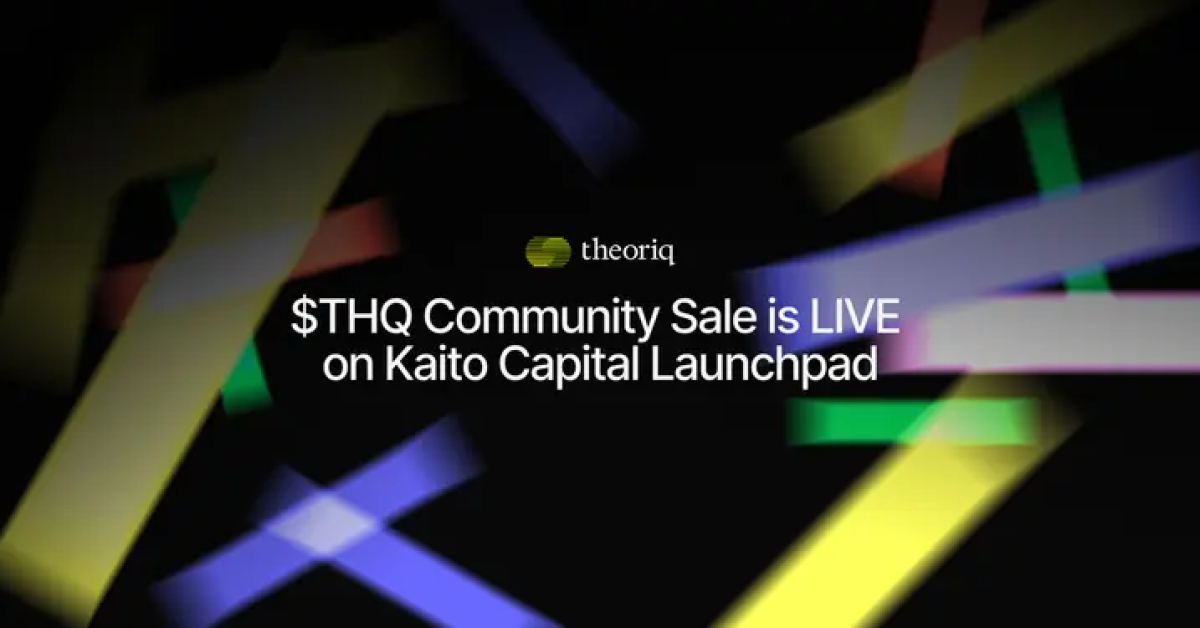Case Study: Successful Blockchain Projects and Their Strategies
In recent years, blockchain technology has emerged as a revolutionary force across various industries. Understanding the strategies adopted by successful blockchain projects can provide insights for budding entrepreneurs and established companies alike. In this article, we will explore notable case studies of successful blockchain initiatives, highlighting their unique approaches, challenges, and strategies that led to their triumphs in a competitive landscape. Whether you’re a tech enthusiast, entrepreneur, or investor, these lessons can offer valuable perspectives on the potential of blockchain.
Introduction to Blockchain Technology
Blockchain is a decentralized, distributed ledger technology that records transactions across multiple computers securely. It allows for transparency, immutability, and traceability, which empowers various applications ranging from cryptocurrencies to supply chain management. Notably, blockchain fosters trust and efficiency within digital interactions, making it a significant player in today’s technology-driven world.
1. Bitcoin: The Pioneer of Blockchain
1.1 Overview of Bitcoin
Launched in 2009, Bitcoin is the first and most well-known cryptocurrency. Developed by an anonymous figure known as Satoshi Nakamoto, Bitcoin introduced the concept of blockchain to the world.
1.2 Strategies and Success Factors
- Decentralization: Bitcoin operates on a peer-to-peer network, eliminating the need for a central authority, which enhances security and trust.
- Strong Community Support: Bitcoin has garnered a loyal community that contributes to its ongoing development and acceptance.
- First-Mover Advantage: As the first cryptocurrency, Bitcoin established brand recognition and became synonymous with digital currency.
1.3 Lessons Learned
Bitcoin’s success emphasizes the importance of a strong community and clear value proposition in gaining user adoption. The decentralized nature creates resilience and longevity.
2. Ethereum: Smart Contracts Revolution
2.1 Overview of Ethereum
Launched in 2015, Ethereum introduced smart contracts—self-executing contracts with the terms directly written into code.
2.2 Strategies and Success Factors
- Flexibility of the Platform: Ethereum allows developers to create decentralized applications (dApps) using its blockchain.
- Robust Developer Community: It has a large and active community that continuously innovates and improves the platform.
- Initial Coin Offering (ICO): Ethereum’s 2014 ICO raised over $18 million, showcasing a new fundraising model for blockchain projects.
2.3 Lessons Learned
Ethereum’s approach highlights the value of creating an ecosystem that nurtures developers and fosters innovation, leading to an array of applications across industries.
3. Chainlink: Bridging the Gap Between Blockchains and Real-World Data
3.1 Overview of Chainlink
Chainlink is a decentralized oracle network designed to connect smart contracts with real-world data, enhancing their functionality.
3.2 Strategies and Success Factors
- Partnerships with Major Companies: Chainlink has partnered with top firms, enhancing its credibility and use cases.
- Decentralized Oracle Network: It utilizes multiple data sources, ensuring reliability and reducing single points of failure.
- Community Engagement: Chainlink fosters an active community that supports its growth and ecosystem.
3.3 Lessons Learned
Chainlink’s success demonstrates the importance of integrating blockchain with external data sources, which can significantly extend the technology’s usability.
4. Stellar: Financial Inclusion Across Borders
4.1 Overview of Stellar
Founded in 2014, Stellar focuses on enabling cross-border transactions and financial inclusion for unbanked populations.
4.2 Strategies and Success Factors
- Partnerships with Financial Institutions: Stellar collaborates with banks and financial entities, expanding its reach and utility.
- Low Transaction Fees: The platform emphasizes cost-effective transactions, making it viable for users in developing regions.
- Open-source Technology: It encourages collaboration and transparency, making it appealing to developers and partners alike.
4.3 Lessons Learned
Stellar’s experience underlines the significance of strategic partnerships and accessibility in driving user adoption and facilitating real-world applications.
5. Tezos: Self-Amending Blockchain
5.1 Overview of Tezos
Tezos is a self-amending blockchain platform that allows for formal upgrades without disrupting the system.
5.2 Strategies and Success Factors
- On-chain Governance: Tezos employs a unique governance model that encourages stakeholders to participate in decision-making.
- Formal Verification: It emphasizes robust security and correctness of smart contracts, driving trust among developers.
- Funding through ICO: A successful ICO raised about $232 million, affirming the demand for its innovative approach.
5.3 Lessons Learned
Tezos illustrates the value of adaptability and community governance, which can lead to sustainable project evolution.
Conclusion
The blockchain domain is replete with innovative projects that illustrate diverse strategies suited to varying objectives and markets. By examining case studies of successful blockchain initiatives like Bitcoin, Ethereum, Chainlink, Stellar, and Tezos, we can glean actionable insights that enhance our understanding of blockchain dynamics. As the landscape of blockchain technology continually evolves, integrating lessons from these projects can empower future innovators and help them navigate the complexities of this revolutionary space.
To explore more about blockchain technology and strategies for success, visit Learn SB.
References
- Nakamoto, S. (2008). Bitcoin: A Peer-to-Peer Electronic Cash System.
- Buterin, V. (2013). Ethereum White Paper.
- Chainlink Site.
- Stellar Official Website.
- Tezos Documentation.







